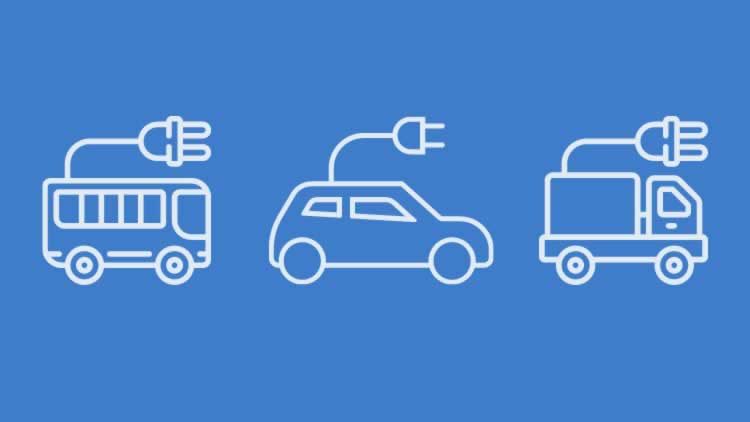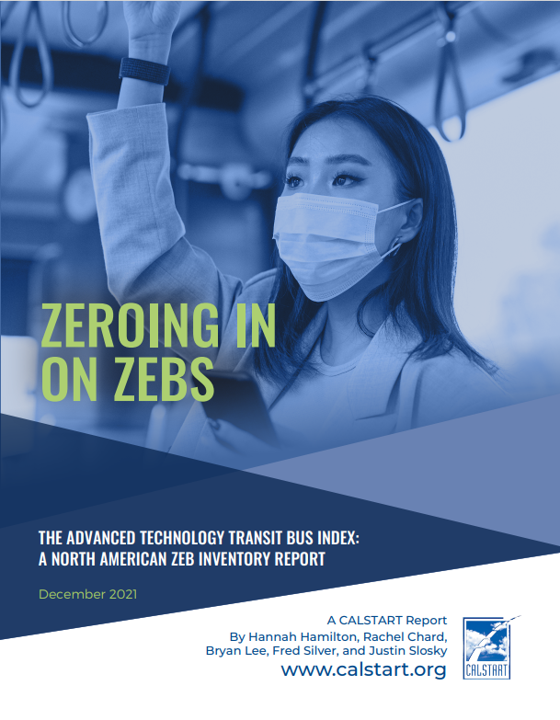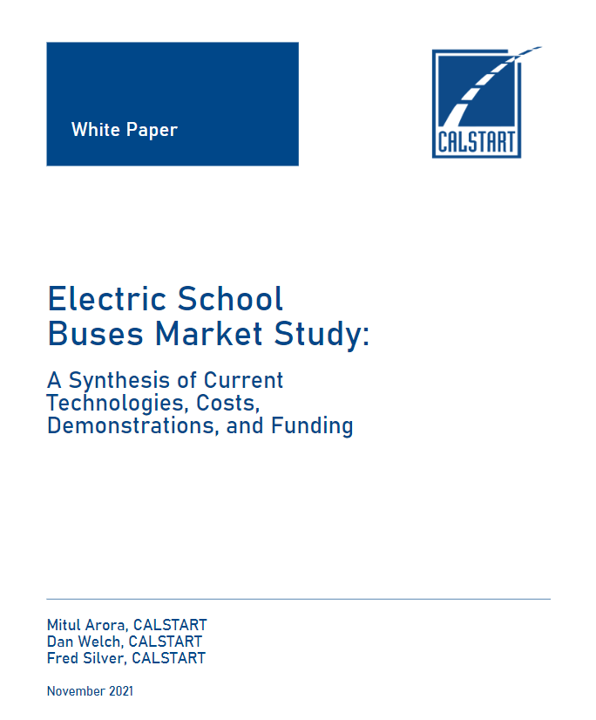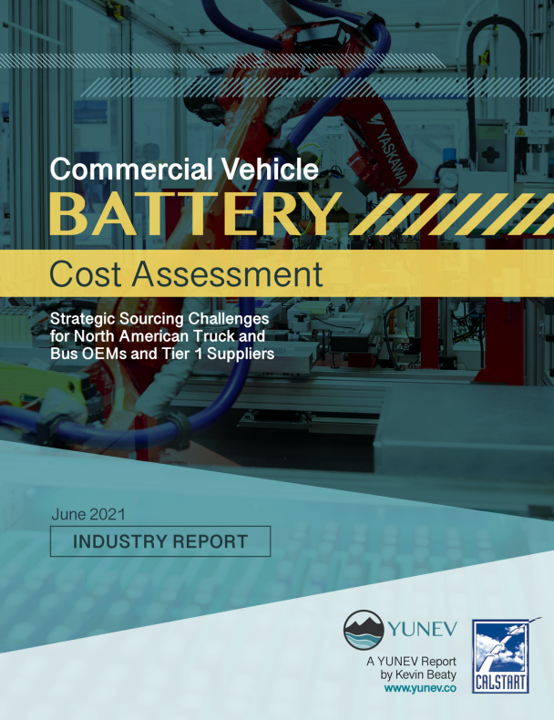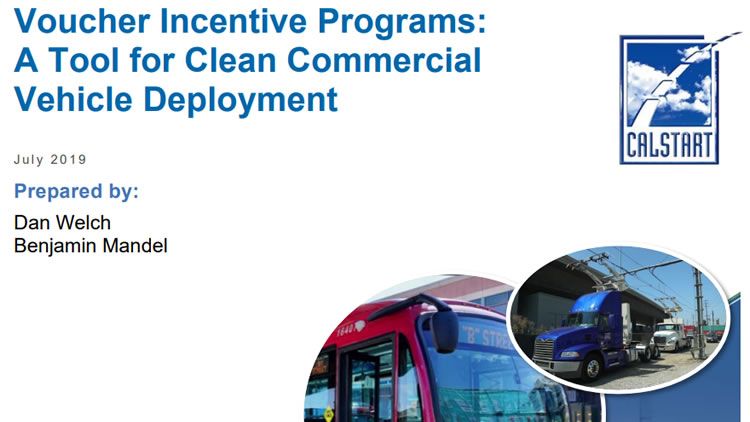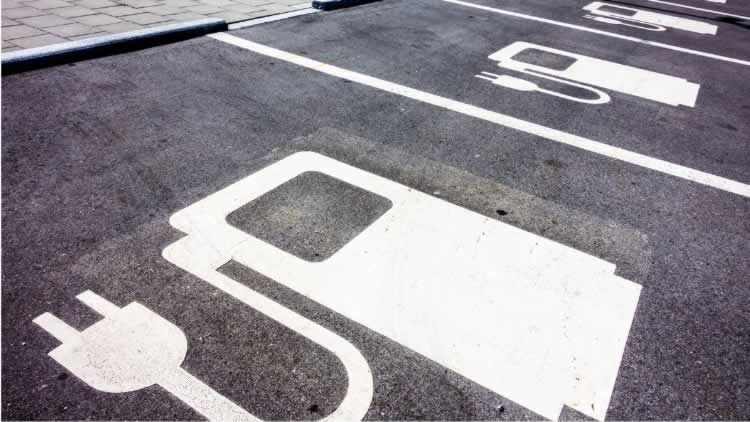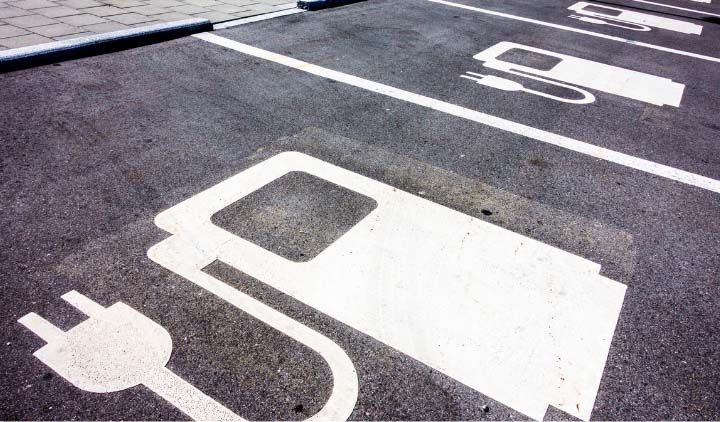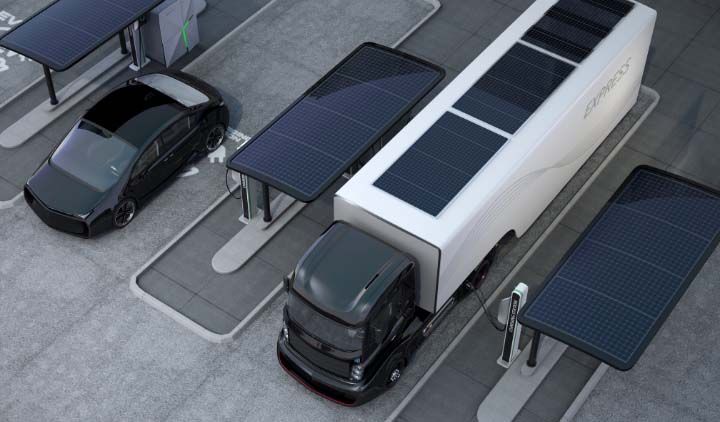Survey of Tier 1 automotive suppliers with respect to the US 2025 LDV GHG emissions standards
White Papers
Ricardo Energy & Environment (RE&E) was commissioned by CALSTART to carry out a survey of Tier 1 automotive suppliers to gather information on the views of these companies with respect to the US 2025 LDV greenhouse gas standards and the proposed review of the standards for MY 2021-MY 2025. The survey further examined the views of the suppliers about standard setting in the 2026-2032 period.
In 2016, CALSTART commissioned RE&E to conduct a similar survey of suppliers. The findings from that survey were submitted to the U.S. Environmental Protection Agency as part of its mid-term valuation of the 2025 standards. The 2018 survey questionnaire was designed by the project team and included a total of 29 questions, covering the following topics:
- Background information (relating to the respondent).
- 2025 LDV GHG Standards.
- 2025 standards and investments.
- Future policies and employment.
- Views on vehicle efficiency standards and innovation.
- Key technologies for meeting vehicle efficiency standards.
There were many key areas where there was an elevated level of consensus among the stakeholders:
- 76% of the respondents said the current U.S. 2025 LDV GHG standards should be either maintained (64%) or made more ambitious (12%).
- The reasons given for maintaining the standards emphasized the need for regulatory certainty so investments and strategies can be planned. They also emphasized that fuel efficiency standards will be a driver for innovation in the sector.
- There was a large level of agreement (21 out of 23 respondents) that the 2025 standards tend to encourage job growth at their companies.
- 87.5% of the respondents (21 out of 25) advocated that it is important to start planning and setting standards now for beyond 2025. New technologies have long development lead times so regulatory certainty is essential.
- 82% of the respondents either agreed (52%) or strongly agreed (30%) that companies that are leaders in vehicle efficiency technologies will be more successful over the next 10–15 years.
- All but one respondent either agreed (16 out of 22) or strongly agreed (5 out of 22) that more ambitious U.S. LDV standards tend to encourage more innovation and investment in the U.S.
- The majority of survey respondents (16 out of 25) either agreed or strongly agreed with the policy decision to set the current U.S. 2025 LDV GHG standards when it was announced.
The 2018 survey, in contrast to the one conducted in 2016, revealed some significant shifts in views about the outlook for deployment and growth of various technologies.
When presented with a list of technologies that might be used to meet current (2025) fuel-efficiency standards, in 2018 suppliers picked turbocharging and engine downsizing, along with mild 48-volt hybrids, as the most critical. That represents a change from last year when higher-speed automatic transmissions were the second-most-important technology.
For the 2026-2032 period, the survey identified a dramatic shift in thinking. The suppliers envision a massive shift toward vehicle electrification over that time. There was strong agreement that the top three most important and widely used technologies, in order, would be battery electric vehicles (BEV), plug-in electric vehicles, 48V mild hybrids and full hybrids. Eighty-two percent (82%) of respondents believed that BEV’s will be the most important technology in the post-2025 period.
Related
Address
CALSTART
48 S Chester Ave
Pasadena, CA 91106
USA
Visit us
Contact: membership@calstart.org
Offices in: San Joaquin Valley, CA | Berkeley, CA | Brooklyn, NY | Lakewood, CO | Santa Rosa Beach, FL | Troy, MI | Pasadena, CA (HQ)

